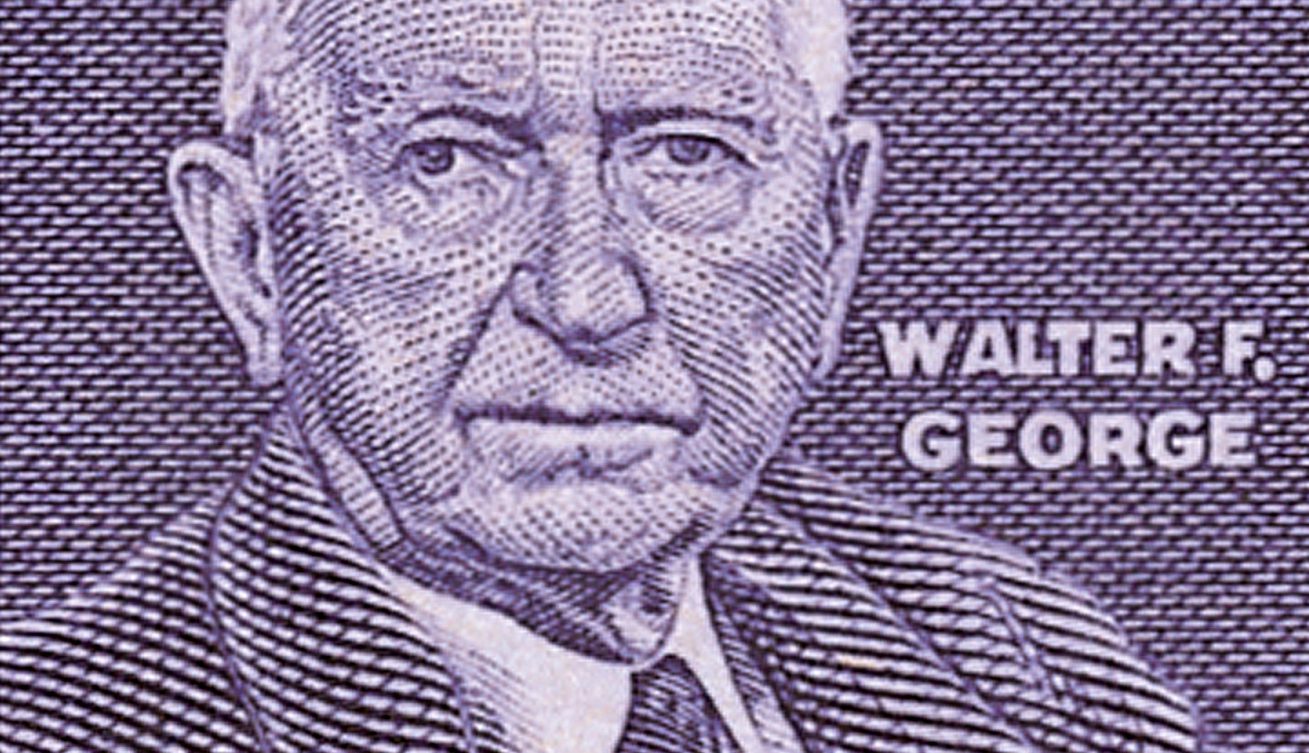George Rogers Clark National Historical Park
On July 23, 1966, George Rogers Clark National Historical Park was established in Vincennes, Indiana. The park honors this Revolutionary War hero and his role in the expansion of the Northwest Territory.
Happy Holidays! Enjoy a FREE 2026 Stamp Calendar With Purchases of $100 or More. While Supplies Last

On July 23, 1966, George Rogers Clark National Historical Park was established in Vincennes, Indiana. The park honors this Revolutionary War hero and his role in the expansion of the Northwest Territory.

On July 16, 1934, the first stamp in the National Parks Series was issued, honoring Yosemite National Park. The series was issued to raise awareness of America’s national parks, and was part of the Infamous Farley’s Follies…

On July 5, 1935, Franklin D. Roosevelt signed the National Labor Relations Act of 1935 into law. The basis of modern US labor law, it guarantees private sector employees the right to organize in trade unions, bargain collectively, and strike.

On June 23, 1938, President Franklin Roosevelt signed the Civil Aeronautics Act, creating the Civil Aeronautics Authority. The CAA was tasked with investigating accidents, recommending ways to prevent future accidents, and setting airline fares and routes. It eventually became the Federal Aviation Administration (FAA).

On June 15, 1934, Franklin Roosevelt signed legislation establishing Great Smoky Mountains National Park. Home to some of the highest mountains in North America, the park is one of the most visited in the United States.

On June 10, 1967, the Gateway Arch opened in St. Louis, Missouri. A monument to America’s westward expansion, it’s the tallest arch in the world at 630 feet.

Dean Gooderham Acheson was born on April 11, 1893, in Middletown, Connecticut. Serving in the state department for over a decade, he was influential in many of the United States’ World War II and post-war initiatives, including the Lend-Lease Act, Marshall Plan, and NATO.

Politician Walter Franklin George was born on January 29, 1878, in Preston, Georgia. Representing Georgia in the US Senate for 35 years, he became one of the most powerful and respected men in Congress during his lifetime.

On December 26, 1935, Shenandoah National Park was officially established in Virginia. The park is most well-known for its 105-mile Skyline Drive.